Exploring Japanese Art and Aesthetics Inspiration for Emotionally Durable Design
Metabolism: Exploring the Unrealized Future of Japanese Architecture
While reading William Gibson'south 1984 genre defining cyberpunk novel Neuromancer, images of the novel's so-called coffin hotels materialized in my listen's eye. I had heard of Japan's famous capsule hotels, simply it wasn't until I saw Kisho Kurokawa'south Nakagin Capsule Tower that I could adhere a real-world structure to the cyberpunk artful the novel develops. This is when I discovered Metabolist architecture.
Metabolism was an architectural movement started by Kenzo Tange in post-war Japan. Tange worked as a mentor to several other young architects and together they developed the concepts that would make upwards Metabolism. The Metabolists' architectural philosophy was deliberate. Information technology didn't spawn equally a natural reaction to the nation's ethos but was rather a calculated answer to the environment in which the Metabolists lived.
In 1960 the Metabolists published their manifesto titled "Metabolism: The Proposals for New Urbanism" for the World Design Conference and it helped establish the grouping's goals and identity. It was made up of sections titled "Ocean City," "Space Metropolis," "Towards Group Form" and "Fabric and Human," each adult by unlike architects from the grouping. These reports laid out concepts like modularity, organic growth and impermanence.
What is Metabolism Architecture?
Modularity was 1 of the most defining features of Metabolism. Metabolist structures were frequently designed to incorporate prefabricated modules that could be added to a fundamental structure to expand it. Organic growth was closely associated with the concept of modularity. Modular sections of buildings could easily be expanded, removed or changed to serve alternate purposes that improve suited the inhabitants of the construction.
Impermanence, which is besides deeply ingrained in traditional Japanese architecture and philosophy, was a key part of the Metabolist identity. Ise Jingu in Mie Prefecture, a shrine that has been rebuilt every 20 years since the 7th century, was a source of inspiration for Tange and the metabolists. Kisho Kurokawa fifty-fifty went every bit far as to propose a building which would be built with dynamite in its walls to allow for easy sabotage when the structure had finished serving its purpose. Of form this concept never came to fruition.
Their manifesto also contained within it several plans for megastructures that seem outlandish fifty-fifty today. The Tokyo Bay program included blowing upwardly a mount in Chiba and using the rock to build linear islands beyond Tokyo Bay stretching from Kanagawa to Chiba. Other proposed megastructures included floating cities, underwater residences and super-tall modular towers.
While these ambitions were perhaps too grand to be realized in any way that would transform Nippon, some of their structures were completed, and some are nonetheless standing today in Tokyo.
Nakagin Capsule Tower
Kisho Kurokawa's Nakagin Capsule Tower, located near Shimbashi Station, is the about fully realized example of Metabolism. The structure was fabricated of two incredibly durable key columns that housed all necessary utilities. Modular units, or capsules, built offsite were so plugged into these central columns in a Lego-like fashion. These capsules were single-person dwellings with beds, bathrooms and wall-units that housed state-of-the-art electronics.
The original goal for Nakagin was to have had the capsules replaced every 25 years, which would allow the principal structure to last for 200 years, but the building has since fallen into disrepair with the capsules having never been replaced. Kurokawa, shortly before his death in 2007, fabricated a video calling for the preservation of the building in which he highlighted the edifice every bit a model for sustainability. Unfortunately the building's capsules are each owned past different individuals, which makes the proposal for renewal unlikely to be successful.
Shizuoka Press and Broadcasting Middle
This building is merely a short walk away from Nakagin Capsule Tower. Despite existence ane of the first examples of Metabolism, and having been designed by Kenzo Tange, the group'south mastermind and i of Japan'southward almost prominent architects, it receives far less attention. The Shizuoka Printing and Broadcasting Centre was congenital in 1967 and features a similar structural core to Nakagin. It was intended to exist modular and easy to aggrandize in scale if the need for a mega structure ever arose. Of course, similar nearly Metabolist projects, the dream of organic growth slowly faded away and the building stands today in its original form.
Sky Firm
Sky House, built in 1958 in Otsuka, was the dwelling of Kiyonori Kikutake, a main member of the Metabolists. Information technology is a simple x-meter-foursquare physical slab raised above the ground on iv concrete pillars. It is a single room with modular elements that allow its purpose to be changed. Over time it was adapted to have a modular room fastened to the lesser of the structure, which served as a children'due south sleeping room. Today the lesser of the structure is filled in with other rooms, which takes abroad from the original striking elevated silhouette of the house, but this transformation exemplifies the adjustability that the Metabolists sought to achieve with their architecture.
Sky Building Number iii
Sky Building Number three is also known as "gunkan," which means battleship, and information technology is certainly non hard to see why. Afterwards existence refurbished in 2010 the building located in Okubo is now a mixed-use space with apartments and offices. It features prefabricated components plugged into a cardinal core, like other Metabolist structures. Withal, the components were not intended to exist removed. This building is like shooting fish in a barrel to meet from street level and you can even wander inside, although it is all-time viewed from afar to see the towering battleship similar mast rising from the top.
Hillside Terrace
Hillside Terrace in Daikanyama is a project of the Metabolist architect Fumihiko Maki. It is the well-nigh easily accessible and most functional project on this list. Information technology was built following Maki's concept of group form, a concept more closely associated with urban planning than architecture in which connected buildings could grow and adapt to the changing needs of the city. Hillside Terrace is a multi-utilize complex that spreads out organically with pathways that meander throughout, making it a pleasance to walk through. The concrete structures have large windows that give a feeling of openness to visitors that encourages them to explore the complex freely. It might not be equally futuristic equally the other items on this listing, merely the project was executed wonderfully and still feels modern today.
Source: https://www.tokyoweekender.com/2020/04/metabolism-exploring-unrealized-future-japanese-architecture/
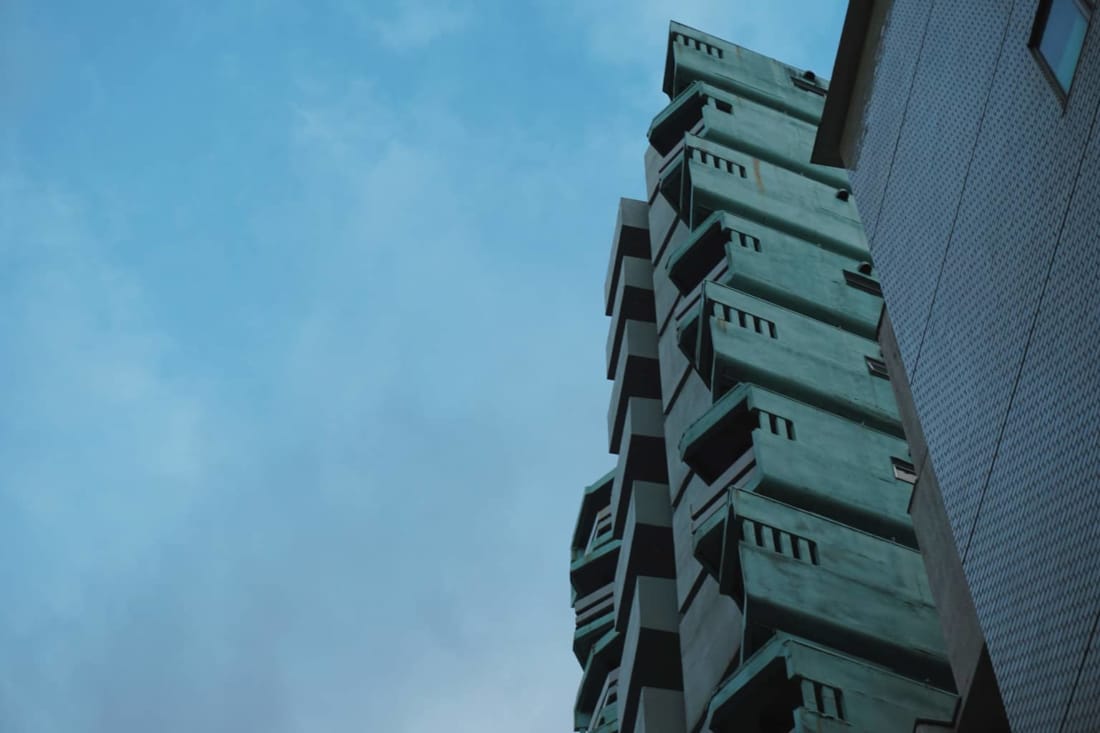
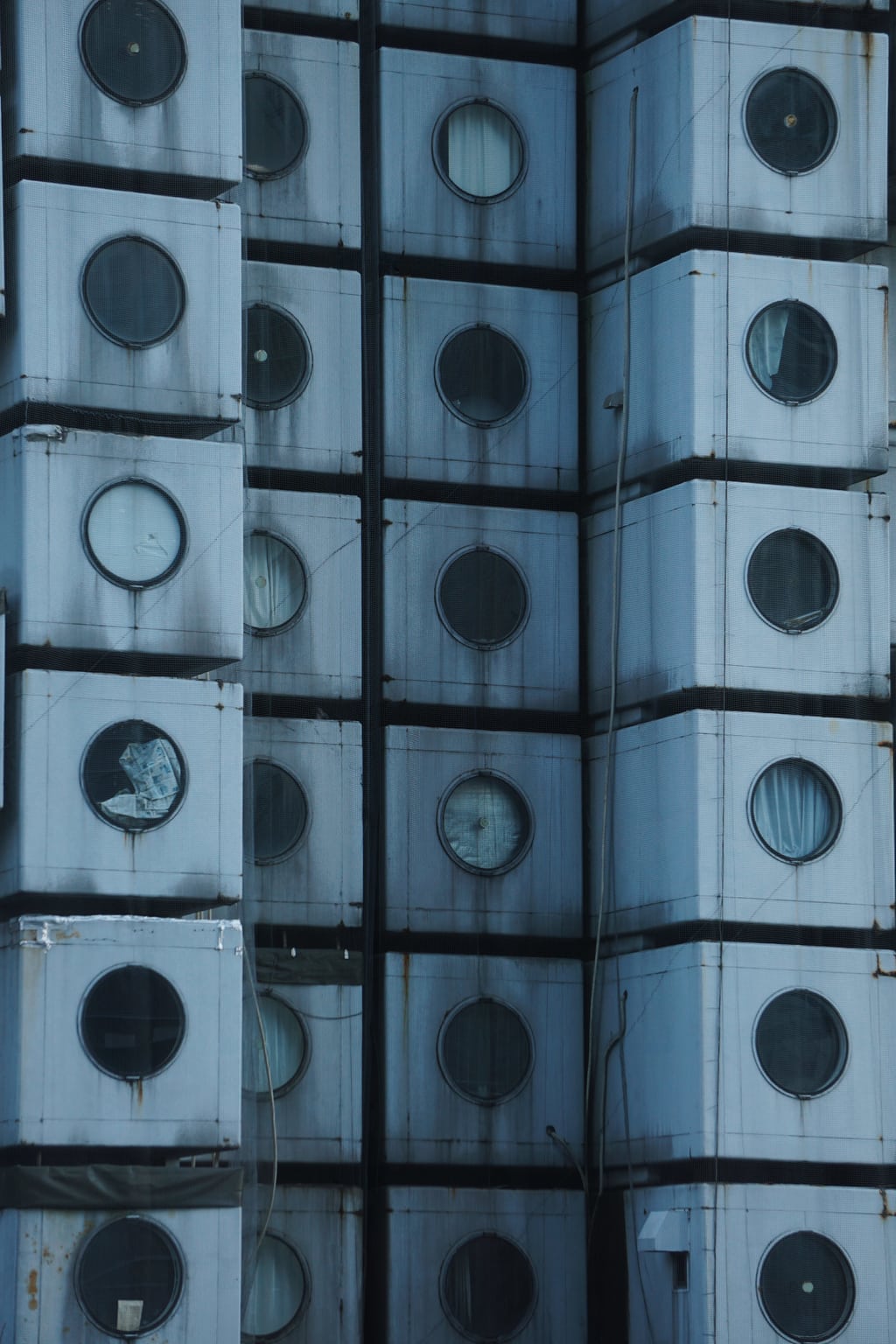
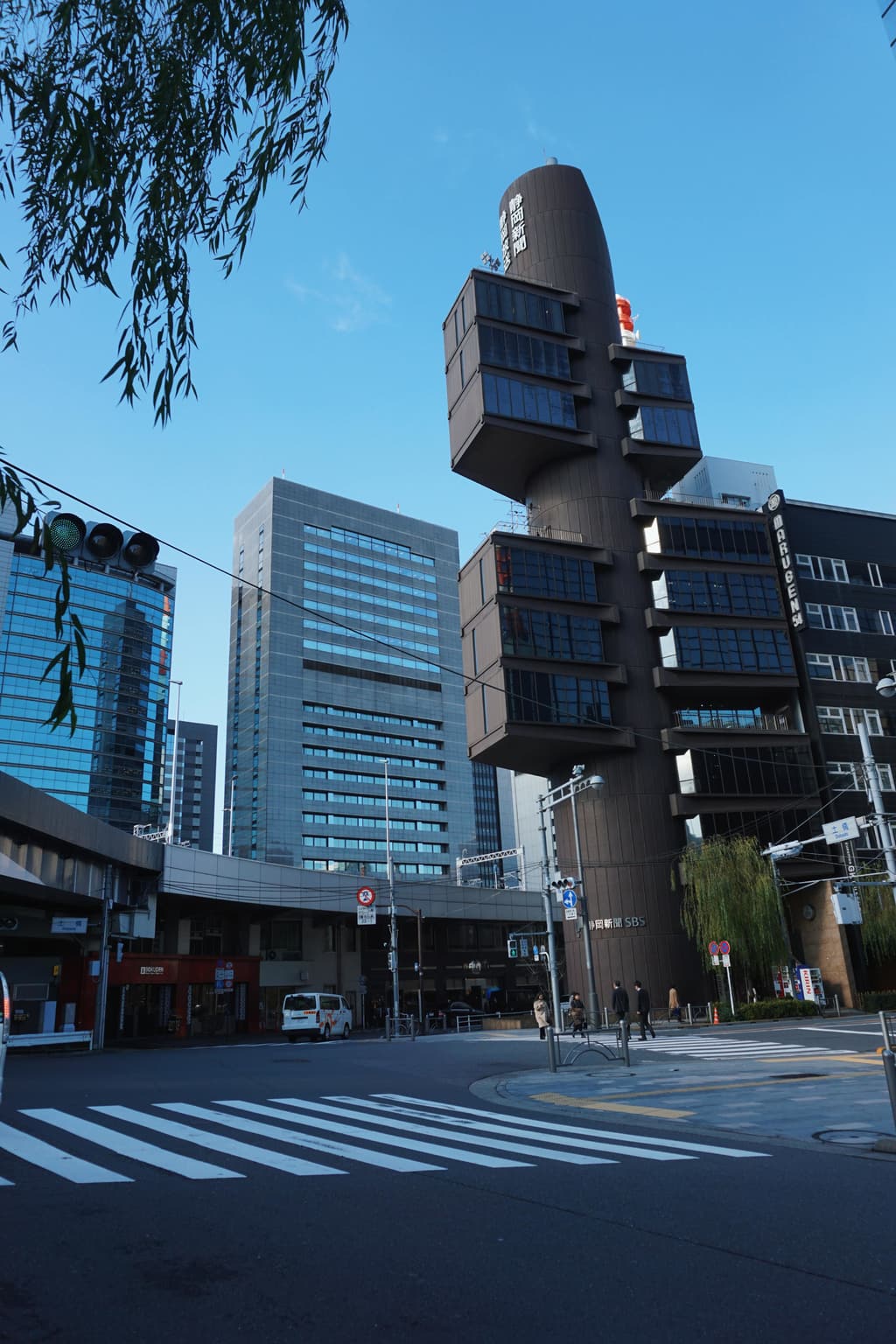
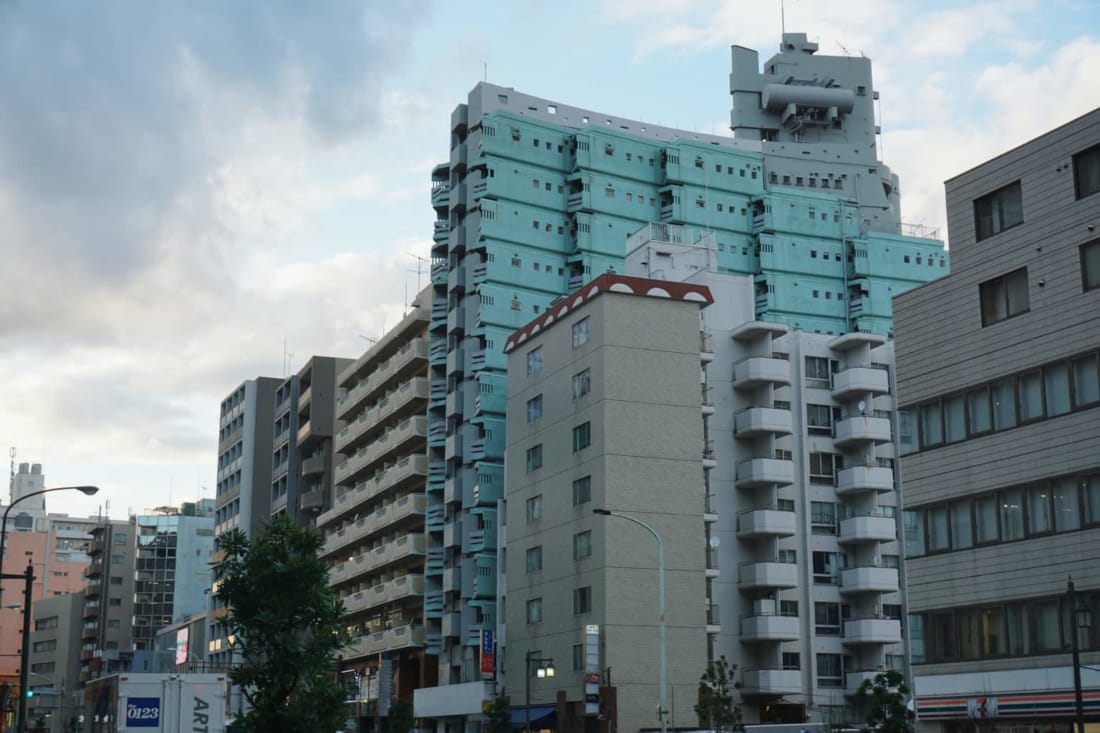
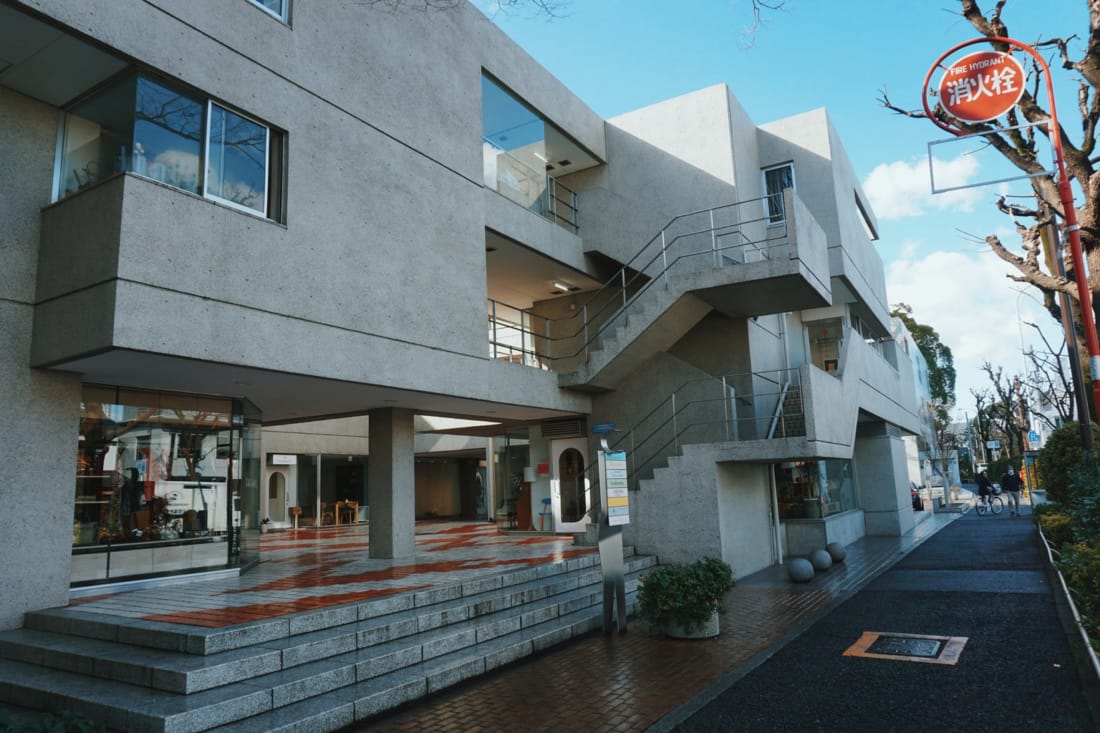
Belum ada Komentar untuk "Exploring Japanese Art and Aesthetics Inspiration for Emotionally Durable Design"
Posting Komentar